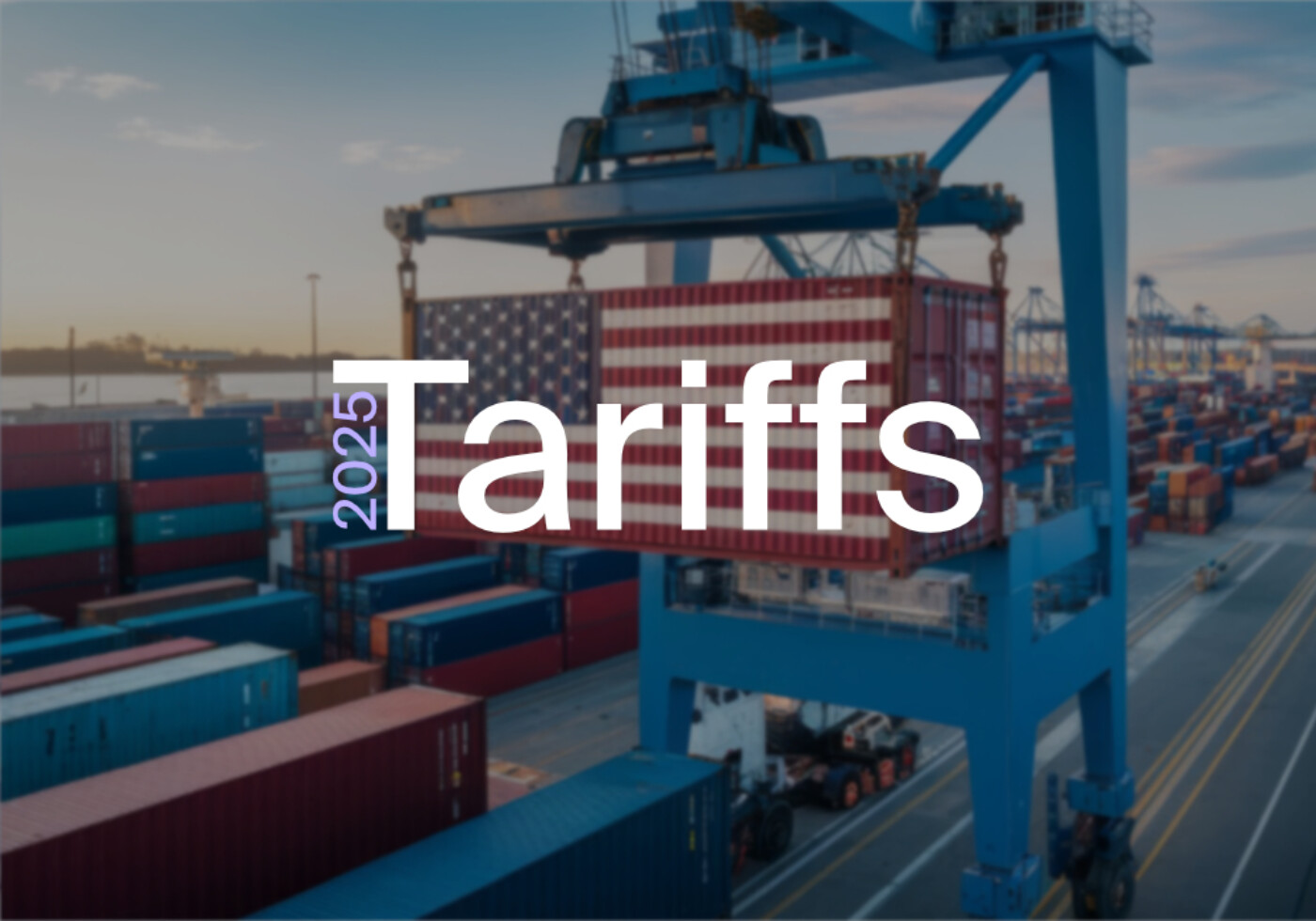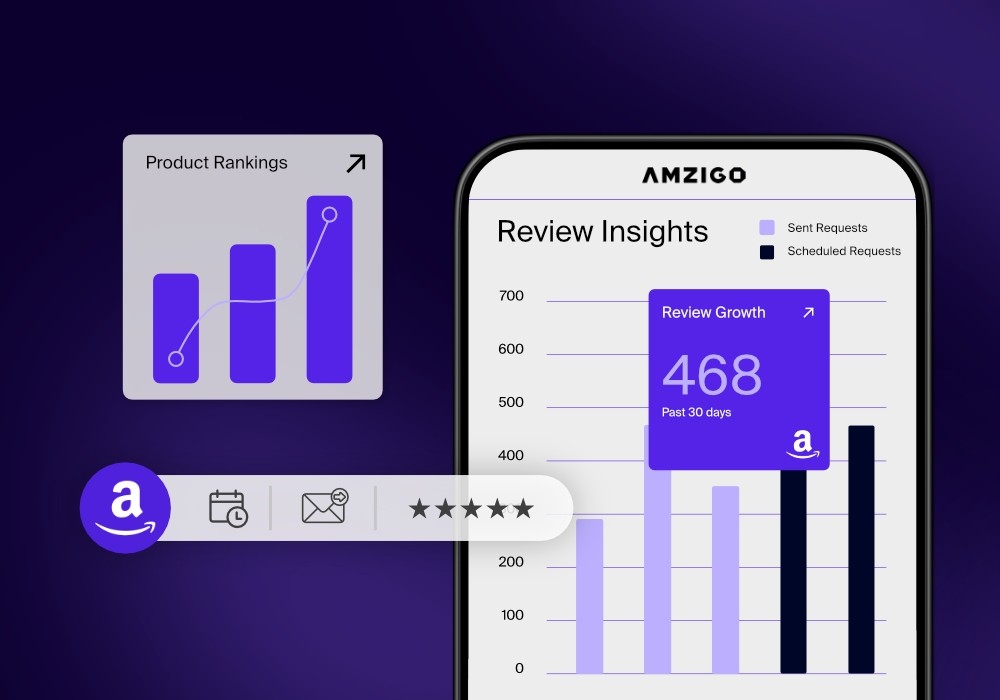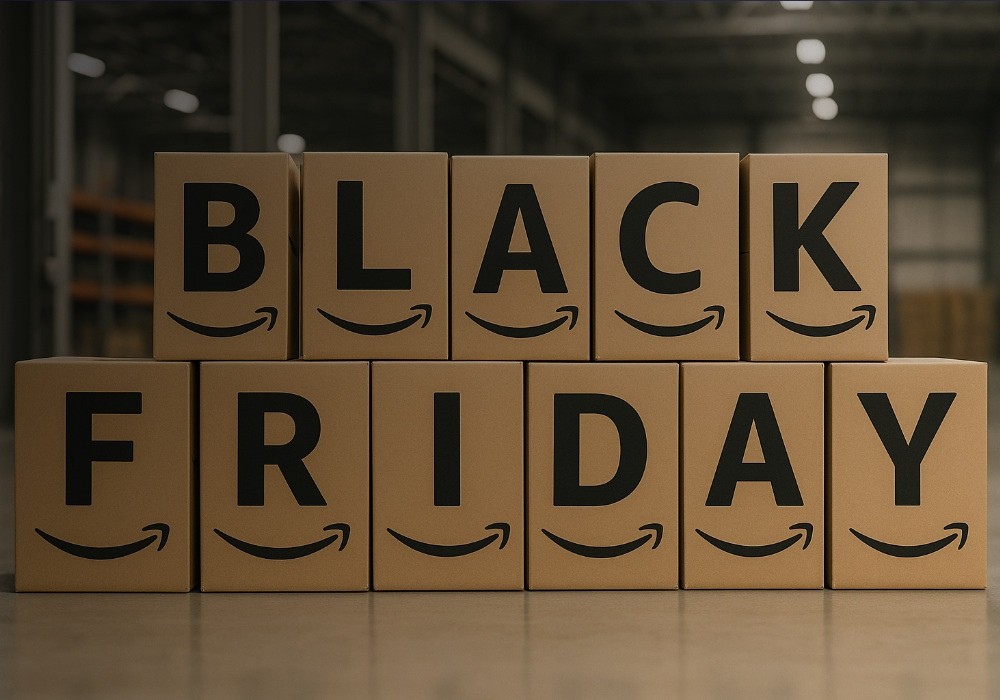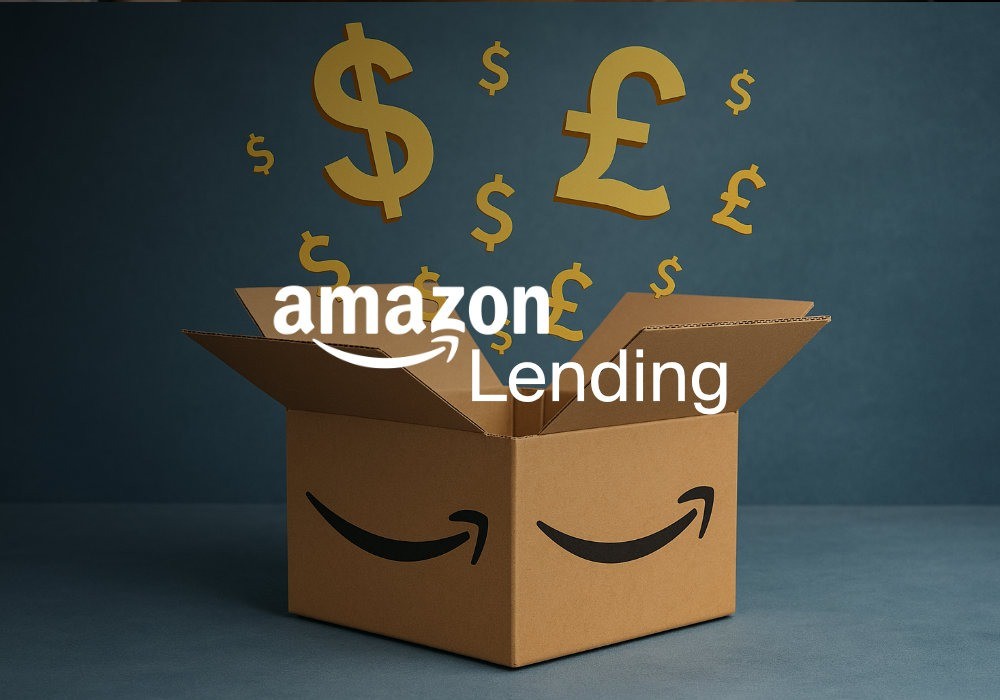Donald Trump’s proposed tariffs for 2025, including a 10% universal tariff on Chinese imports and potential 60% targeted tariffs on select categories, could create significant challenges for Amazon sellers.
These measures will likely raise product costs, compress profit margins, and disrupt supply chains. However, with strategic planning and adaptability, sellers can navigate these obstacles and even uncover opportunities for growth.
This comprehensive guide explores the implications of these tariffs, actionable strategies for overcoming challenges, and tips for both seasoned and first-time sellers to thrive in 2025.
Understanding Trump’s Proposed Tariffs
Key Details of the Tariffs
- 10% Universal Tariff on Chinese Imports: A blanket tax on all goods sourced from China, increasing the base cost for sellers reliant on Chinese manufacturing.
- 60% Targeted Tariffs on Select Categories: Categories like electronics, apparel, and household goods face much steeper costs, creating substantial price pressures.
- 25% Tariffs on Mexican and Canadian Imports: Goods sourced from these regions could face higher costs, disrupting supply chains further.
Implications for Amazon Sellers
- Increased Costs: A $20 item imported from China would now cost $22 with a 10% tariff, eating into already slim margins.
- Supply Chain Challenges: Sellers will need to explore alternative sourcing options or risk delays and additional logistics costs.
- Consumer Price Sensitivity: Higher prices may lead to reduced demand, making competitive pricing more critical than ever.
Reducing Costs: Strategies to Mitigate Tariff Impacts
Diversify Your Supply Chain
- Source from Alternative Markets: Countries like Vietnam, India, or Mexico could offer cost-effective alternatives.
- Consider Domestic Manufacturing: U.S.-based production avoids tariffs entirely and appeals to consumers seeking locally made goods.
Optimize Operations
- Streamline Fulfillment: Partner with efficient 3PL providers to reduce logistics costs.
- Lower Storage Fees: Use just-in-time inventory practices to avoid excess storage costs at Amazon fulfillment centers.
Cut Advertising Costs
- Leverage social media platforms like TikTok, Instagram, and Facebook for organic reach and lower advertising spend.
- Focus on Amazon SEO by optimizing product listings with relevant keywords to improve visibility without paid ads.
- Implement a content marketing strategy, such as blogs or videos, to build trust and attract customers organically.
Marketing Tips to Overcome Tariff Challenges
- Double Down on Brand Building:
- Engage customers through email campaigns and social media to create a loyal customer base.
- Emphasize your brand’s unique value proposition to differentiate yourself from competitors.
- Expand Sales Channels:
- Sell on platforms like Walmart Marketplace or TikTok Shop to reduce reliance on Amazon.
- Consider setting up a direct-to-consumer (DTC) website for more control over pricing and customer relationships.
- Offer Value Bundles:
- Bundle complementary products to increase perceived value without raising individual product prices significantly.
Tips for First-Time Sellers
Starting on Amazon in 2025 comes with unique challenges and opportunities. Here’s how new sellers can succeed:
- Research Product Viability:
- Choose high-demand, low-competition products that can absorb potential cost increases.
- Use data-driven tools to analyze market trends and consumer needs.
- Start Small:
- Launch with a limited product range to test the market and minimize financial risk.
- Optimize Listings:
- Focus on high-quality images, detailed descriptions, and relevant keywords to boost visibility.
- Leverage Automation Tools:
- Use tools like Amzigo’s Automated Review Centre to streamline review collection and build social proof.
- Build a Strong Brand Identity:
- Create a memorable brand with consistent messaging, packaging, and customer engagement strategies.
Long-Term Strategies to Thrive
- Focus on Profit Margins:
- Continuously evaluate your product lineup, focusing on high-margin items that justify higher prices.
- Monitor Regulatory Changes:
- Stay informed about tariff updates and other trade regulations that could affect your business.
- Invest in Quality:
- Products with higher quality and durability reduce returns and increase customer satisfaction, strengthening long-term profitability.
Conclusion
While Trump’s proposed tariffs pose significant challenges for Amazon sellers, they also offer opportunities to innovate and adapt. By diversifying suppliers, optimizing operations, and leveraging cost-effective marketing strategies, sellers can navigate this evolving landscape and emerge stronger. Whether you're an established seller or new to Amazon, the key to success in 2025 lies in flexibility, data-driven decision-making, and a relentless focus on delivering value to your customers.
Looking to take your Amazon business to the next level?
Discover how Amzigo's advanced features, like our Automated Review Centre, Product Analysis, and Inventory Management, can transform your selling experience. Check out our features and try it for free!



